Meet the course manager: Kenny MacPhail
Related Articles
From Farleigh Golf Club in Surrey, Kenny talks about creating wildflower areas during a lockdown to attract pollinating insects, dealing with a huge increase in golfers in the last two years and how the industry can and should be improved.
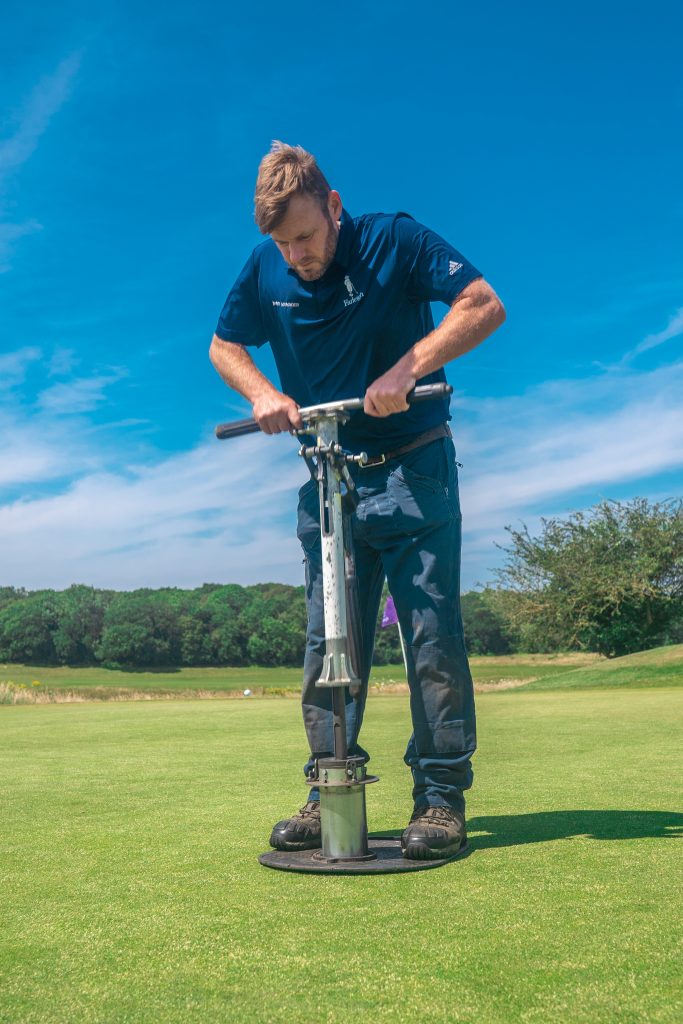
Farleigh Golf Club is situated on a 350 acre estate on the North Downs in Surrey and is owned and operated by Foxhills Club and Resort. Only 15 minutes from Gatwick airport and 10 minutes from junction 6 on the M25, Farleigh provides 27 holes of championship golf, designed by John Jacobs Associates, the golf course architect responsible for Wentworth’s Edinburgh course.
Farleigh Court Golf Club, as it was formally known, originally opened in 1997 as the Japanese-owned Fuji Country Club. Its current owner Marc Hayton, and his board, recognised the potential of Farleigh and have invested heavily in the course.
Here, its course manager, Kenny MacPhail, talks about maintaining the venue.
Can you give a description of your background and how long you’ve now been at the golf club?
I left school at 16 to stack shelves in a petrol station and wash dishes in a Marriott hotel in Inverness in the north of Scotland. It was whilst at this hotel that I became friendly with the executive chef who, in no uncertain terms, told me to stop messing about with my life. This is when he told me about the full-time position of gardener in the hotel grounds that he had put me forward for, so I attended the interview and was offered the position. I loved it immediately and spent the next five years there gaining a Level 2 Amenity Horticulture qualification along the way. The hotel grounds had a three-hole pitch and putt course that I wanted to improve so I arranged a week-long training exercise at Marriott Dalmahoy, in Edinburgh, to gain some knowledge on the products and techniques they used that I could then take back to my little course. During this week, I was offered a job on the greenkeeping team which I accepted. Having left school with no idea what I wanted to do, it was around this time that I realised that greenkeeping was the career for me! Four years at Dalmahoy saw me gain my Level 2 and 3 SVQ in Sports Turf Management and PA1, 2 and 6 spraying certificates. Alongside this, I worked on many regional competitions, a European Seniors’ Tour event and Challenge Tour Event. It was whilst in Edinburgh that my girlfriend, now wife, got made redundant from her job and moved to London. Two years of flying back and forth from Edinburgh to London was enough, so I made the move and got a job as deputy course manager at Reigate Hill Golf Club in Surrey. I spent seven years at Reigate Hill before moving to Farleigh Golf Club as deputy course manager working under Michael Mann. Eighteen months working alongside Michael was a great learning experience and, when he moved to Walton Heath as course manager, I was lucky enough to be offered the opportunity to replace him at Farleigh. I have been the course manager at Farleigh now for six years in total.
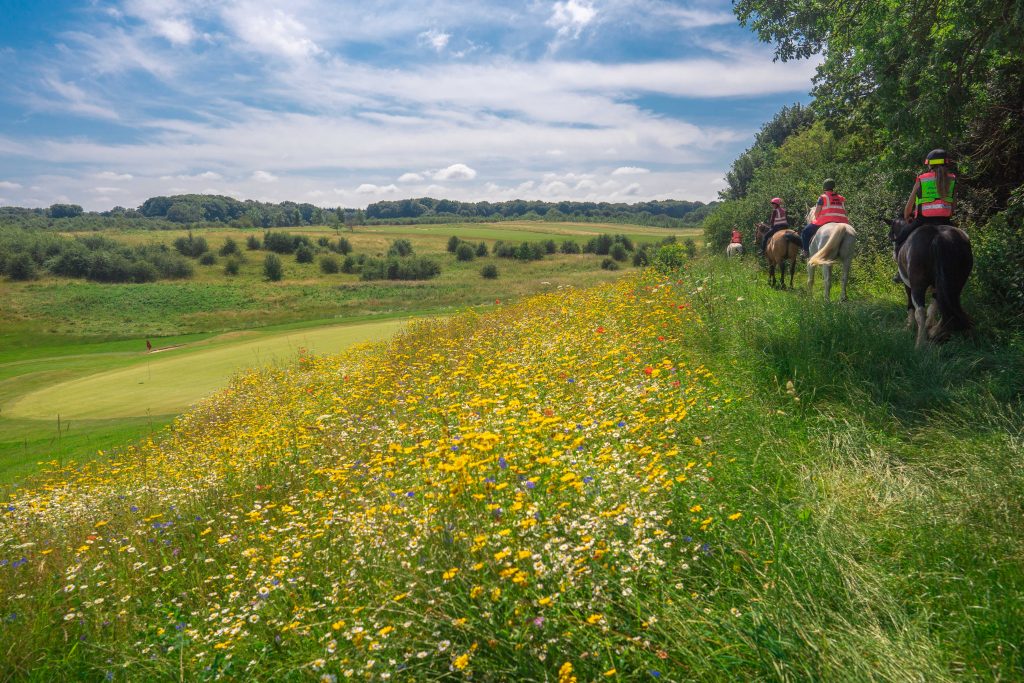
How has the course evolved in recent years? What projects have you carried out?
All 27 holes at Farleigh were redeveloped back in 2011 alongside the clubhouse renovations. The owners, the Hayton family, have spent in excess of £6 million on the property since taking ownership. Having the main bulk of these improvements carried out at this time has meant we have been mainly concentrating on improving the main playing surfaces alongside smaller projects such as pathway construction and drainage. One of the major projects that we undertook during the second lockdown in February 2021 was the creation of two wildflower areas. We joined the Operation Pollinator scheme set up by Syngenta and have committed to creating 0.5 hectares of wildflower areas to help increase the number of pollinating insects and bees across the course. Due to the downland nature of the course, we have large areas of long rough around the course which frame every hole. Many of the ‘out of play’ areas we try not to touch so as to create large expanses of natural wildflower areas to further assist in caring for the local wildlife. As well as the ecological advantages, there were a few areas around the course I felt that could be improved by having a bit more colour to bring them more in line with the rest of the course. The first phase of the project was carried out on the area behind the par-three seventh hole on the Red loop. This area had become overgrown with gorse, broom, ash and bramble so we removed all of this, stripped off the top with the excavator, compacted and levelled. In this area, we selected the bees and butterflies with a 80/20 mix from Barenbrug. The cultivars of fescue, kidney vetch, wild marjoram, cowslip, wild carrot, yellow rattle and oxeye daisy were not only in keeping with what we already have in other areas on site but are on the RHS list of ‘perfect pollinators. The second phase was carried out on the par-three third hole on the Blue course. This is one of our signature holes on the course and the introduction of the colour from the wildflower is only going to further improve the visual appeal of the hole. At the rear of the green, a number of the large ash trees were removed, and all the bramble and shrubbery cleared, to create a bank of bare earth. Along the left-hand side of the hole, the top 50mm was cleared with the excavator and compacted / levelled. The area on the left was overseeded with the Barenbrug 80/20 mix but behind the green was overseeded with a hedgerow and woodland 80/20 mix with cultivars perfectly suited for under the woodland canopy. Both of these areas have been a great success with members and guests. Walkers using the bridleway next to the seventh Red can regularly be seen stopping to take photos of the wildflowers. In the spring of 2022 we plan to create a 0.5 hectare area of wildflower areas along our mile-long drive that meanders its way through the course up to the clubhouse which will really help to instil this growing colour from the first moment you drive through the gates.
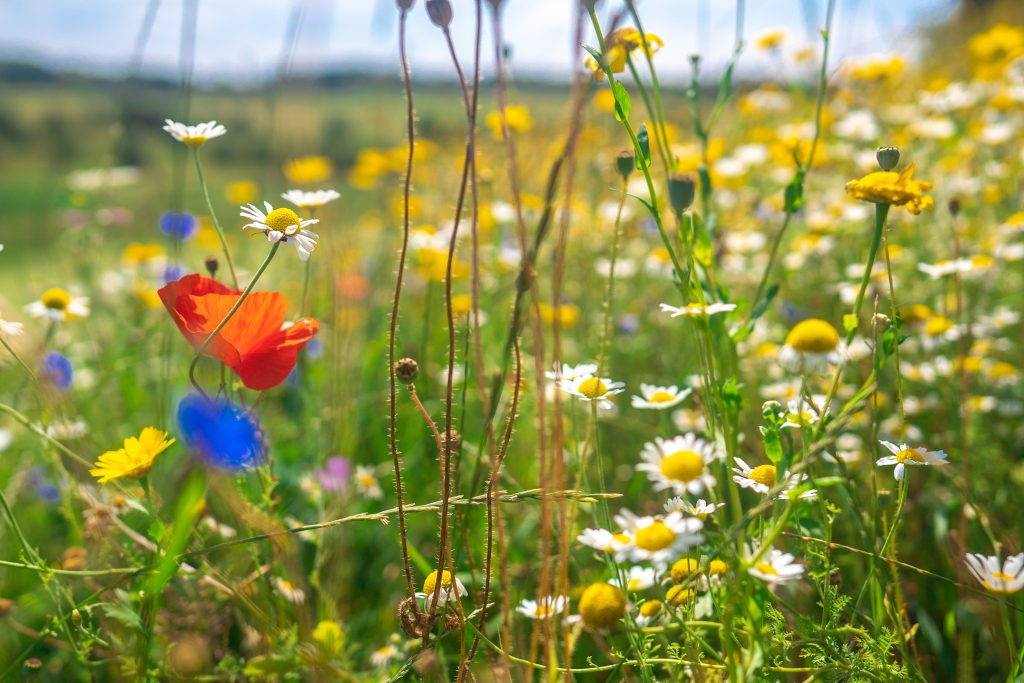
What were the biggest challenges you faced in lockdown?
For me, it was probably the health and wellbeing of my team. Making sure that we were keeping everyone not only physically fit but mentally fit as well. We spent large amounts of the day not seeing each other as we had different start, finish and break times to try and limit contact. Regular communication through WhatsApp helped but it wasn’t the same as face-to-face contact, so making sure everyone was well was crucial to maintaining a healthy team. Being a large open site fairly close to a built-up area also created its own challenges with members of the public trying to use the course as a place to walk and exercise, and even sneak in a few holes!

What growth has the club seen by way of members and play since then, and what challenges has this brought?
Like many courses across the country, we have had a massive increase in membership with numbers more than doubling since the reopening after the first lockdown. We have had to introduce a cap and waiting list for seven-day members for the first time in the club’s history. Monthly roundage figures have increased by more than 1,000 rounds when comparing 2019 to 2021 as well. This increase in footfall has led to an increase in wear on tees so we have increased our feeding and divoting programmes to try and alleviate the excess strain these receive. We don’t have temporary tees or mats during the winter months and our teeing areas are on the small side, so we are looking at increasing the size of the worst affected tees in the future in the hope that these increased numbers will continue.
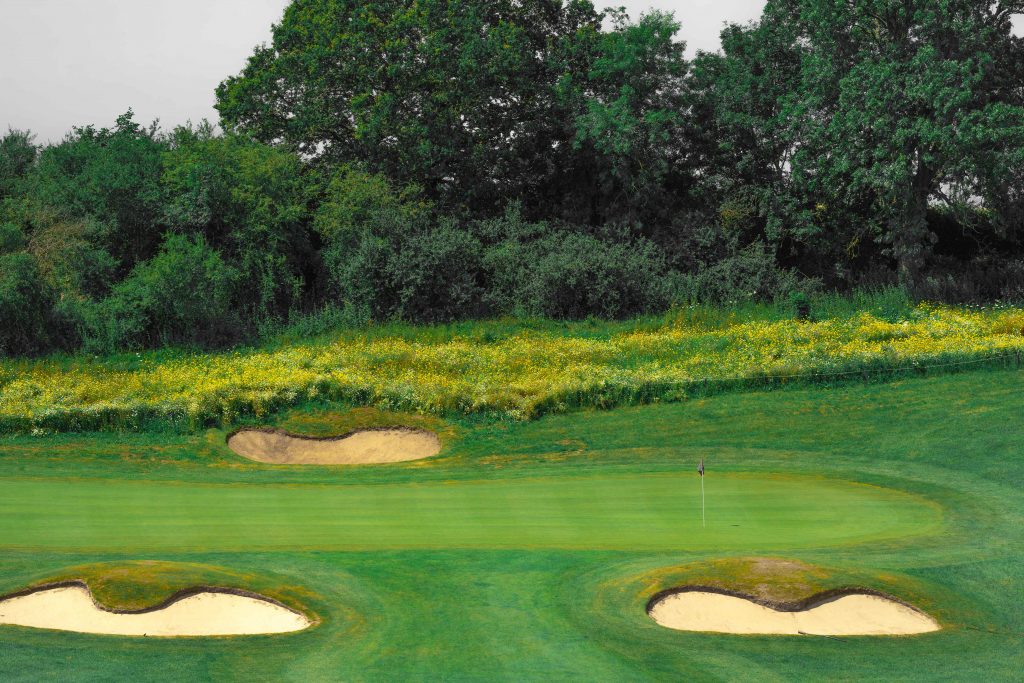
Crane fly larvae has been a major issue on UK golf courses lately, has this impacted you and how have you dealt with it?
This has been a major issue in the industry and something really does need to be done about it. Although we have suffered from the sward on a couple of fairways thinning out, and some bunker banks ravaged by badgers, luckily we haven’t been affected as badly as other courses I have seen. We apply the maximum amounts of Acelepryn permitted on tees, greens and selected areas of fairways to try and combat the issue. We also try and keep the grass plant as healthy as possible to try and counteract any root damage caused. I have seen some great results on other courses using the sheeting method so I might experiment with that in a few areas.
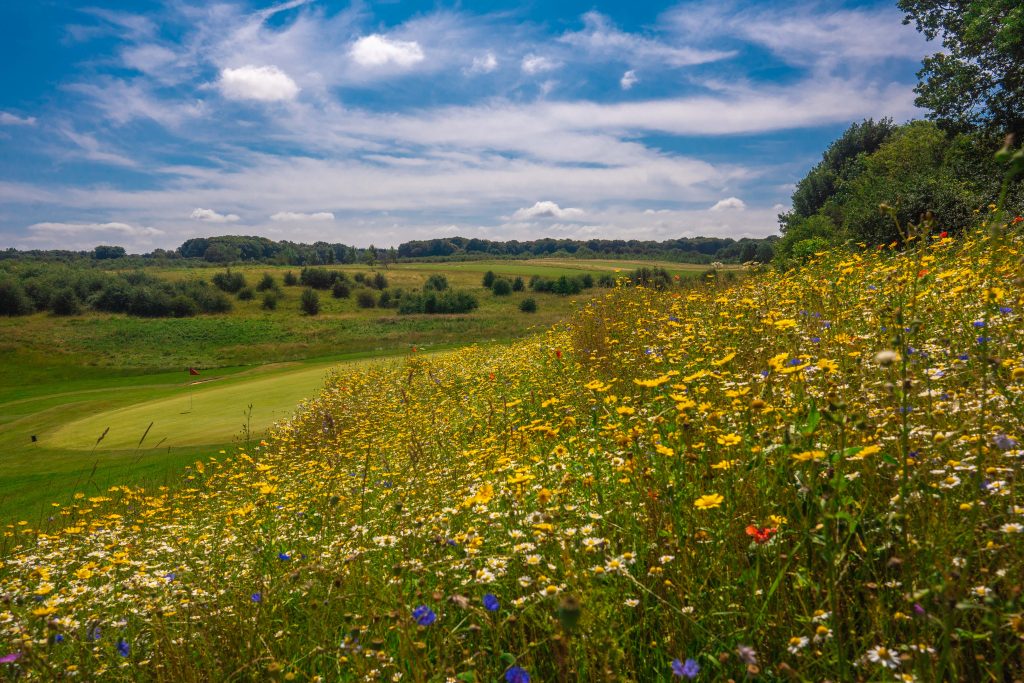
What advice would you give to youngsters starting out and wanting to pursue a career in the profession?
Don’t be afraid to ask questions. Any decent course manager would be happy to pass on any knowledge they have gained to anyone that has the right attitude and is willing to learn.
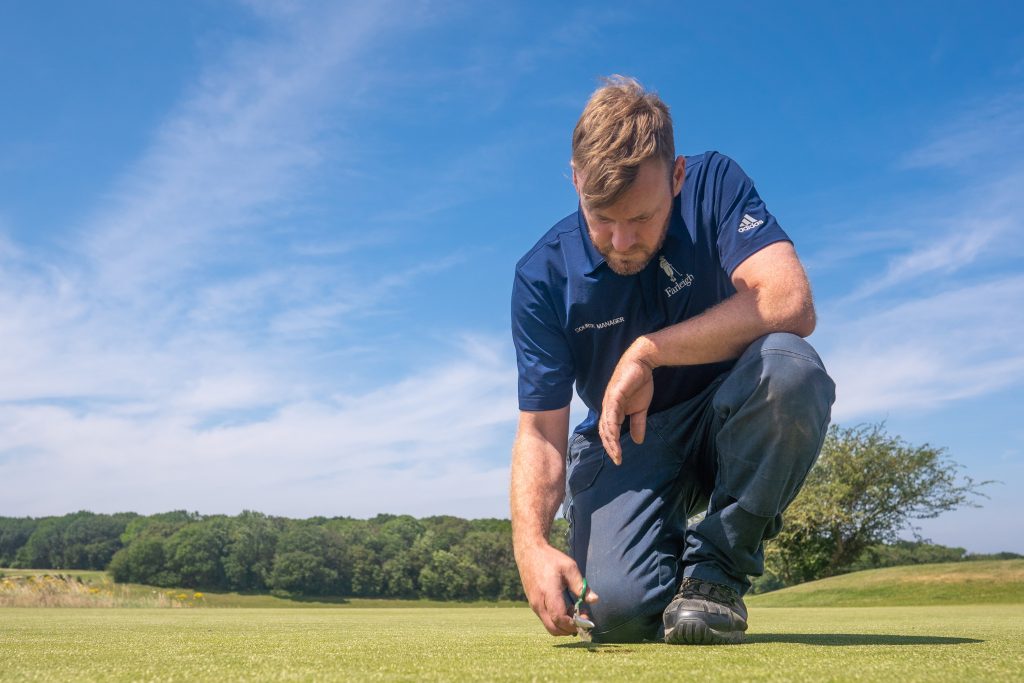
What changes do you think need to be made to benefit the industry sector and profession of the greenkeeper?
I think the role of greenkeeper being thought of as a profession would be a start. I think the general consensus outside of our industry is the perception of us being grass cutters. There is a vast amount of technical and practical knowledge that has to be learned to become a good greenkeeper and I feel that this should not only be recognised better but also be better financially remunerated.

























